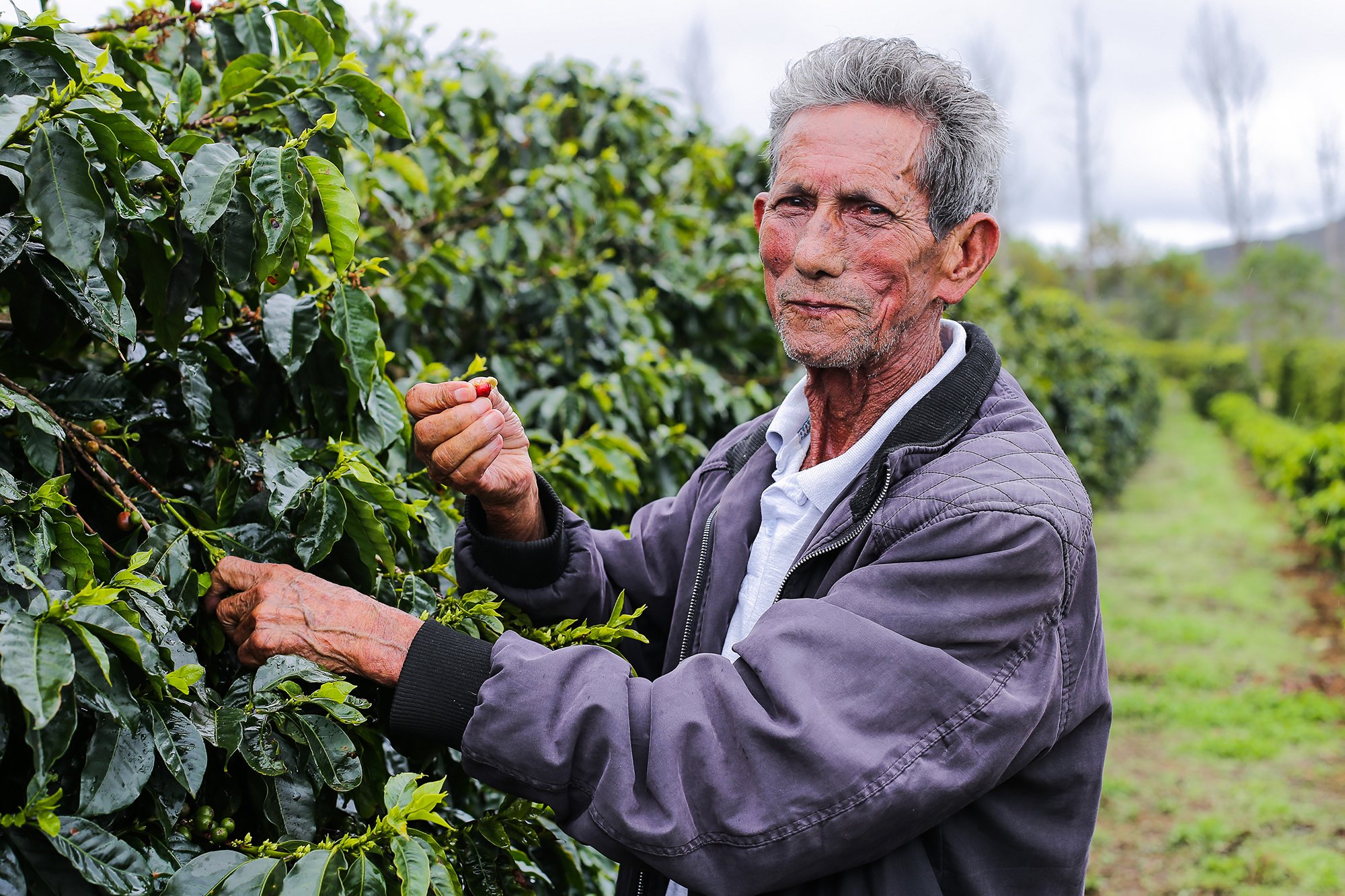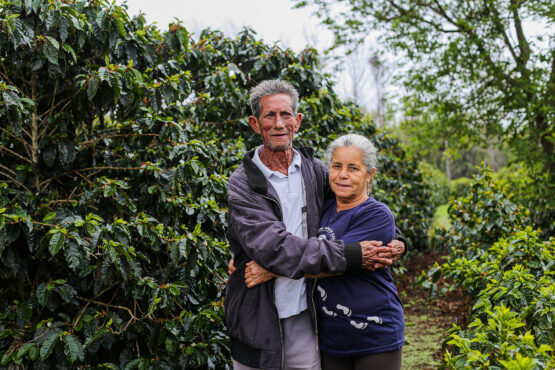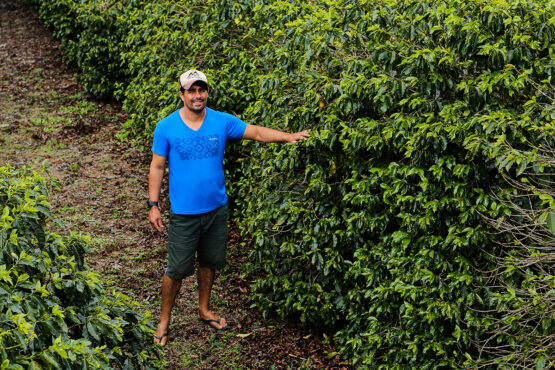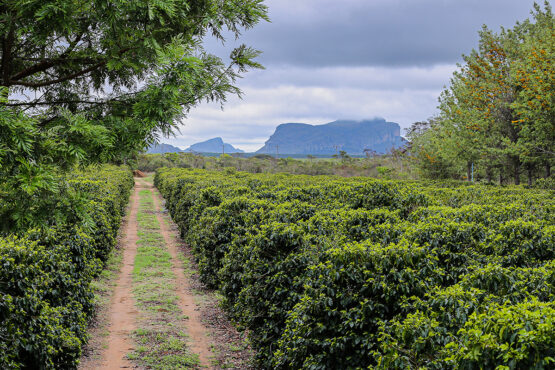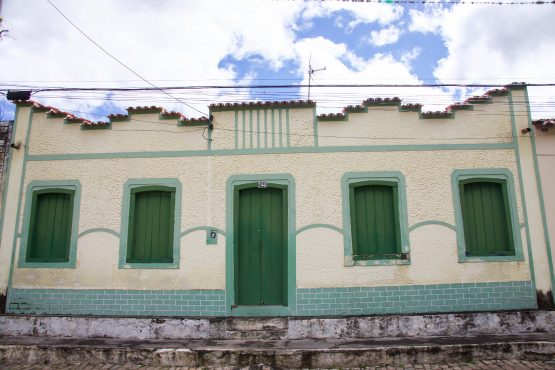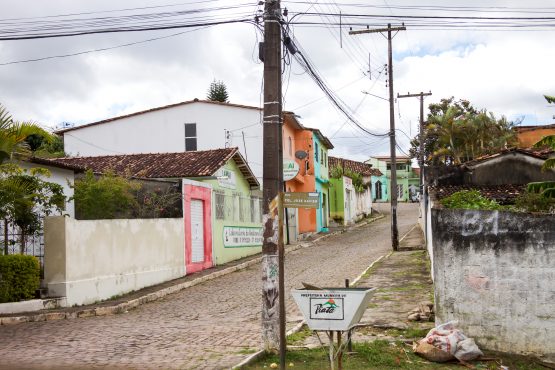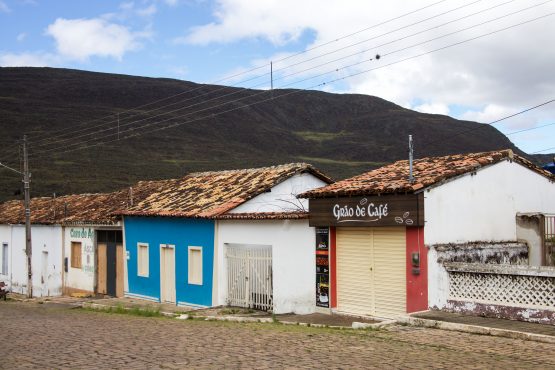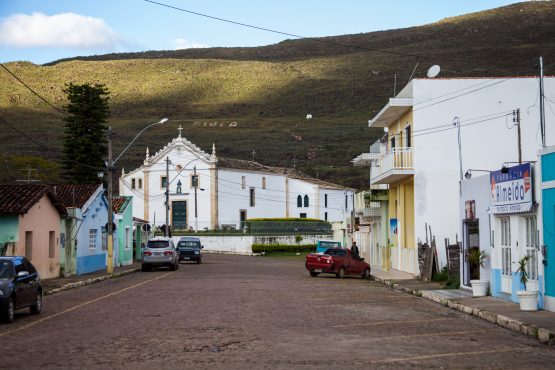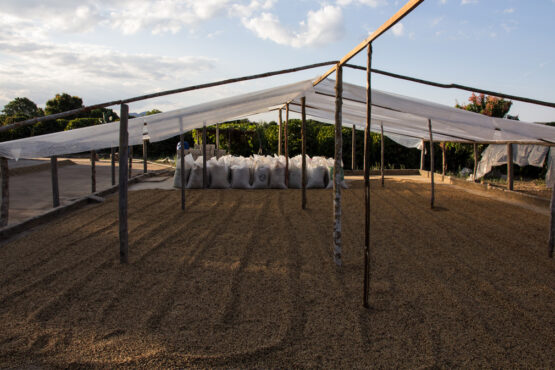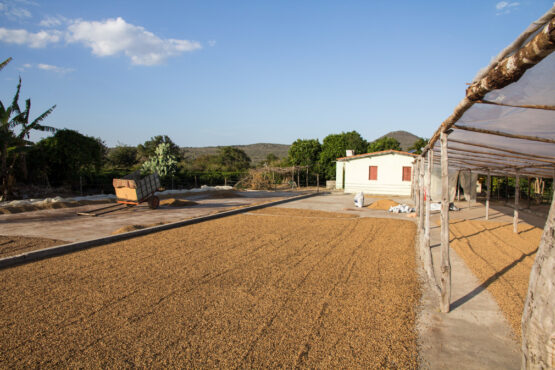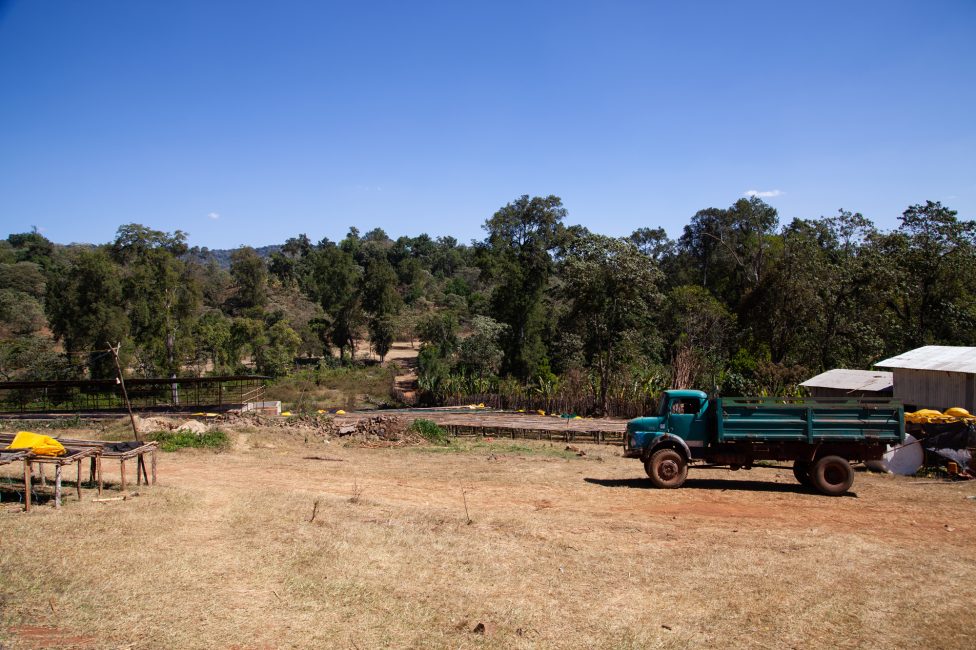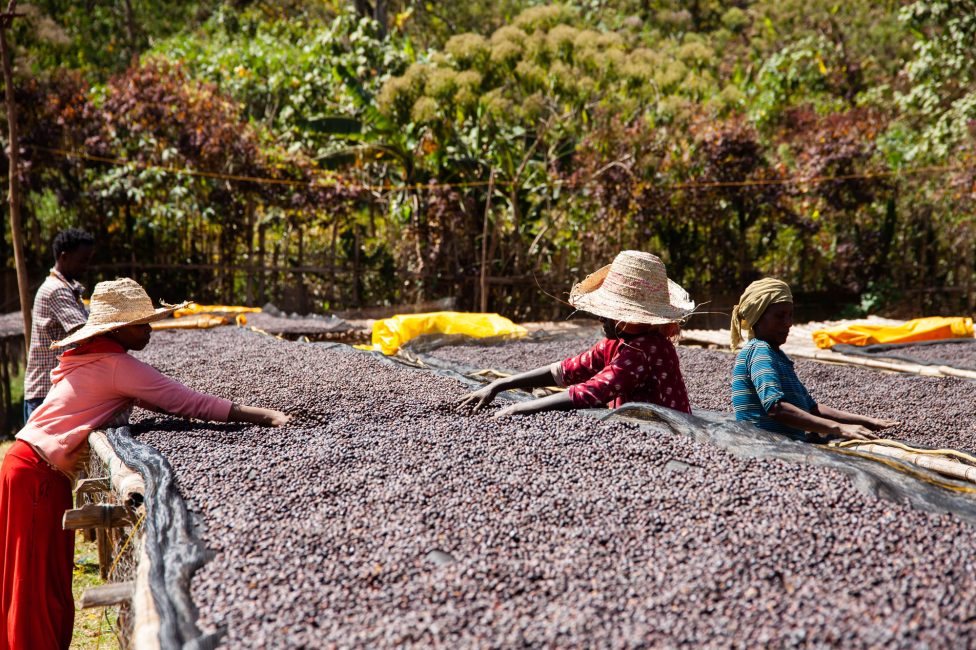Família Santana
Sweet and creamy, with Earl Grey tea, red apple and cashew nut. Great structure and balance, with vanilla florals on the finish.
This coffee was produced by Jose Santana and his family on his small 4-hectare farm, Sitio Gerais. Sitting at 1,350m above sea level, Jose’s farm is located in the micro-region of Gerais, near the town of Piatã. This privileged coffee-growing region is part of Bahia’s Chapada Diamantina region. Chapada Diamantina translates to ”Diamond Plateau” in Portuguese, and for 100 years this area was mined for the gemstones embedded in its cliffs. Today, the region is famous for its specialty coffee.
When Jose initially inherited the property, the land had never been planted with any kind of crop. Jose decided to plant coffee, as he recognised Piatã’s excellent conditions for growing it. Today, Jose tends to 4 hectares of Red and Yellow Catuaí variety trees. He works on the farm with his son Fabricio and wife Magali, and employs 15 seasonal workers during the harvest. In addition to coffee, the family also grow mangos and beans to supplement their income.
Jose is committed to responsible coffee production, as he is convinced this is the best way to preserve the coffee’s inherent quality in the final cup. At Sitio Gerais, this begins with performing annual soil analyses and extends to careful monitoring of the plantation throughout the year. This is all done with the assistance of Brazil’s Ministry of Agriculture, who facilitate a number of technical and financial services to coffee farmers. To further improve the drying conditions at Sitio Gerais, Jose and his family installed raised beds in 2020.
ABOUT PIATA
Piatã is a unique and distinct coffee-growing region. The coffees produced here tend to be very floral, sweet and complex, and quite different from those that we source elsewhere in Brazil. There are two main factors behind this: Coffee grows at elevations of up to 1,400 meters above sea level, which is very high for Brazil. Additionally, temperatures in Piatã range from about 2°C to 18°C in winter, some of the lowest in the country. Combined, the high elevation and cool climate are key in slowing down the maturation of the coffee cherries, leading to an increased concentration of sugars in the bean. The result is a cup profile that is bright, transparent, and distinctive. Piatã’s relative closeness to the Equator line ensures coffee trees can experience such drastic conditions without being affected by frost, unlike traditional coffee-growing regions in the country.
Coffees from Piatã are considered some of the best in Brazil. The town was first internationally recognised for its high quality in 2009, when five of the top 10 spots in Brazil’s Cup of Excellence came from Piatã. The region’s dominance in the competition has continued every year since, particularly in 2016 when an astounding 19 of the 24 winning lots came from Piatã! These coffees are extremely limited, as production here is relatively low, given the small scale of the farms in this part of Brazil. MCM has been sourcing coffee from this region since 2012, thanks to the support of longtime partner and coffee mentor Silvio Leite. Head here to learn more about Silvio and the incredible work he’s done in Brazil.
HOW THIS COFFEE WAS PROCESSED
This coffee was processed using the pulped natural method. Most of the seasonal workers Jose and his family employ are local women (also known as ‘panhadeiras de cafe’) who are extremely disciplined and ensure only the very best cherries are selected. Once picked, cherries were sorted by weight (with any floaters removed), and then mechanically pulped.
Coffee was then dried for 10-20 days with the mucilage still attached. Part of this lot was dried on the family’s recently installed raised beds, while the rest was dried on patio – both under the shade of a greenhouse. To ensure coffee dried evenly, it was spread into thin layers and sorted or raked (depending on its placement) several times a day. Once dried and rested, the coffee was stored at Fazenda Progresso, in Mucugê.
